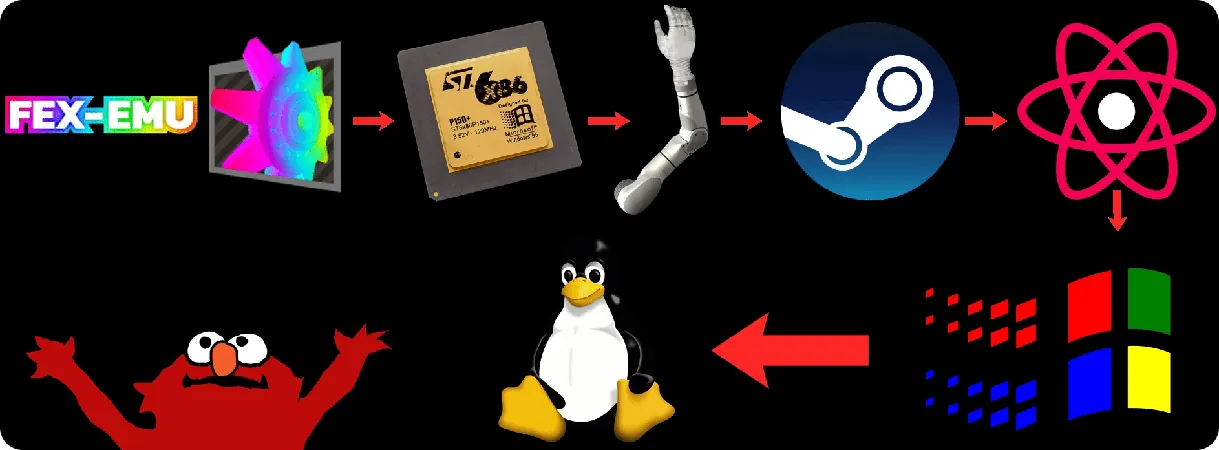
Revolutionary Algorithm Could Transform Hearing Aids for Better Conversations in Crowded Spaces
2025-05-10
Author: Arjun
Cracking the Cocktail Party Problem!
Ever tried to listen to your friend's voice in a bustling crowd, only to be drowned out by overlapping conversations? This common dilemma, known as the "cocktail party problem," poses an even greater challenge for those with hearing loss.
The Limits of Current Technology
Traditional hearing aids use directional filters to help users focus on sounds directly in front of them, minimizing background noise. However, they struggle in more complex acoustic settings where multiple voices are present, creating a chaotic auditory environment.
Introducing BOSSA: A Game Changer!
Enter the "biologically oriented sound segregation algorithm" (BOSSA), a groundbreaking new approach inspired by the way our brains process sound. This innovative algorithm mimics the auditory system by utilizing signals from both ears to pinpoint and isolate sounds more effectively.
Alexander Boyd, a doctoral student at Boston University, likened BOSSA to a highly focused flashlight that can selectively illuminate specific sounds, providing a sharper auditory experience even in noisy environments.
Promising Results from Lab Tests
In recent experiments, participants with hearing impairments wore headphones that simulated the cacophony of five people speaking at once. By comparing BOSSA to traditional algorithms, researchers found that when the target speaker was within a 30-degree range, participants could comprehend more words at lower volumes with BOSSA.
A Breakthrough in Speech Distinction
While BOSSA outperformed traditional methods in certain scenarios, there were still challenges, particularly when it came to filtering out background noise. Existing algorithms tend to amplify sounds from specific directions, but BOSSA takes a different route by transforming sound waves into more easily processed signals.
Learning from Nature: The Owl Effect
Drawing inspiration from barn owls, which excel in spatial hearing, BOSSA employs a unique strategy that focuses on auditory cues from specific locations. This mimics how brain cells react to sound direction and timing, enhancing the user's ability to distinguish relevant conversations.
The Power of Attention
BOSSA taps into how our brains sift through auditory information. It employs a "bottom-up" approach, gathering sensory inputs to prioritize what needs attention. However, real-world events often require a "top-down" approach, where our knowledge dictates focus. This complexity illustrates current limitations in sound processing technology.
A Simpler Solution for Hearing Aids
Compared to complex deep neural network systems that require sophisticated training and significant power consumption, BOSSA stands out for its simplicity. Its efficiency in processing spatial sound differences makes it a promising candidate for practical application in hearing aids.
Future Prospects and Improvements
As researchers continue to study BOSSA, the next steps involve real-world testing in actual hearing aids and enhancing the algorithm's ability to adapt to dynamic listening environments. With its potential to refine how individuals experience sound, BOSSA may revolutionize the way hearing loss is addressed and improve conversations in crowded spaces.





 Brasil (PT)
Brasil (PT)
 Canada (EN)
Canada (EN)
 Chile (ES)
Chile (ES)
 Česko (CS)
Česko (CS)
 대한민국 (KO)
대한민국 (KO)
 España (ES)
España (ES)
 France (FR)
France (FR)
 Hong Kong (EN)
Hong Kong (EN)
 Italia (IT)
Italia (IT)
 日本 (JA)
日本 (JA)
 Magyarország (HU)
Magyarország (HU)
 Norge (NO)
Norge (NO)
 Polska (PL)
Polska (PL)
 Schweiz (DE)
Schweiz (DE)
 Singapore (EN)
Singapore (EN)
 Sverige (SV)
Sverige (SV)
 Suomi (FI)
Suomi (FI)
 Türkiye (TR)
Türkiye (TR)
 الإمارات العربية المتحدة (AR)
الإمارات العربية المتحدة (AR)